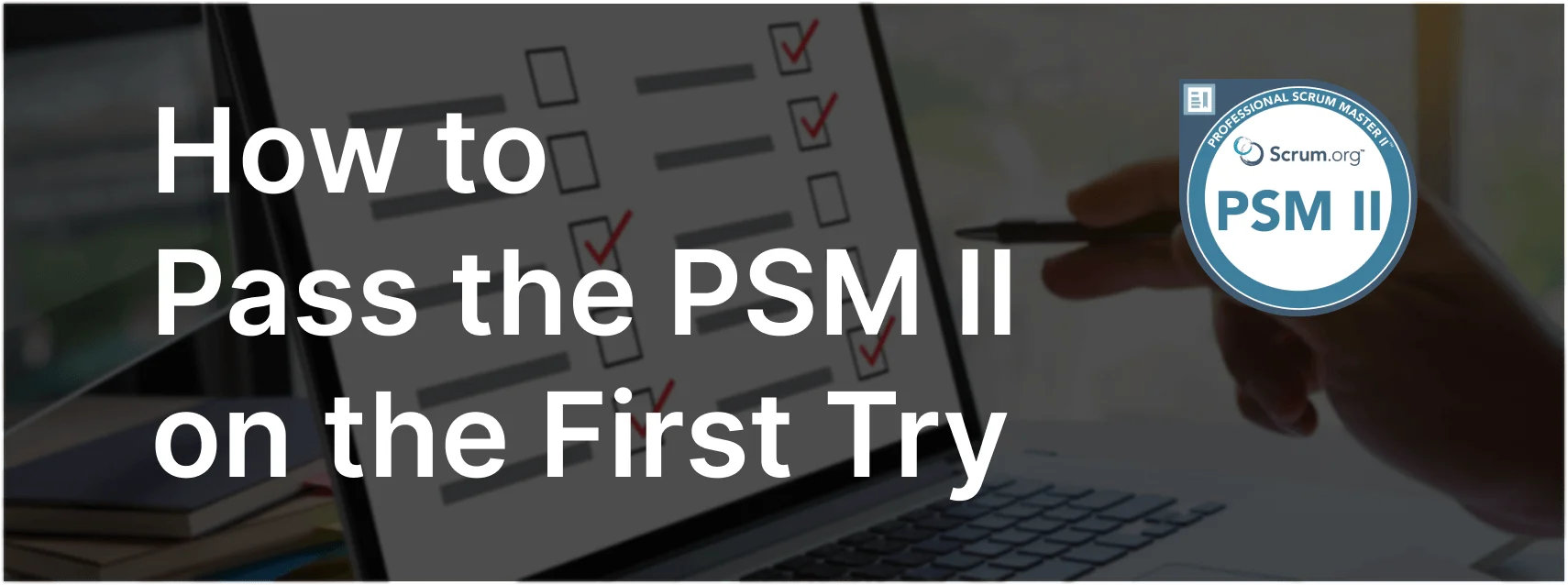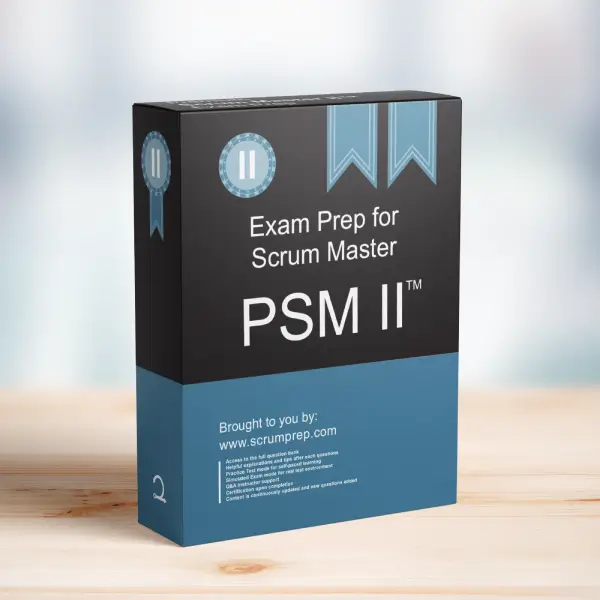Managing Multiple Product Owners in a Multi-National Company
In a multi-national company using Scrum for product development across several major products, it is crucial to understand the most effective way to manage Product Owners. This article explores a specific exam question about the appropriate number of Product Owners for multiple products, providing detailed explanations and insights relevant to the PSM II exam.
Exam Question
A multi-national company is using Scrum for product development of their five major products. What are two good alternatives for how many Product Owners the company should use for these five products? (choose the best two answers)
- A. There is one Product Owner for each product (so five in total). Each Product Owner may delegate to others for specific value, capabilities, and functionality within their product. The five Product Owners share and align work via Product Backlogs.
- B. There are as many Product Owners as are needed to analyze, document and explain expectations and requirements with all Development Teams.
- C. There is one Product Owner for all five products. This person may not delegate work to others for specific value, capabilities, and functionality, given these are all the Product Owner’s individual responsibility.
- D. There is one Product Owner responsible for all five products. This person may delegate work to others for specific value, capabilities, and functionality within each product in order to scale his role.
Correct Answers
A. There is one Product Owner for each product (so five in total). Each Product Owner may delegate to others for specific value, capabilities, and functionality within their product. The five Product Owners share and align work via Product Backlogs.
D. There is one Product Owner responsible for all five products. This person may delegate work to others for specific value, capabilities, and functionality within each product in order to scale his role.
Explanation
Correct Answers
A. There is one Product Owner for each product (so five in total). Each Product Owner may delegate to others for specific value, capabilities, and functionality within their product. The five Product Owners share and align work via Product Backlogs: This approach ensures that each product has a dedicated Product Owner who can focus on the specific needs and value of their product. Each Product Owner is accountable for their respective Product Backlog, ensuring clear responsibility. Delegating work for specific areas within each product helps manage the workload while maintaining alignment and communication.
D. There is one Product Owner responsible for all five products. This person may delegate work to others for specific value, capabilities, and functionality within each product in order to scale his role: Having a single Product Owner for all products can be effective if the role is scaled properly by delegating specific responsibilities. Each Product Backlog still has one accountable Product Owner, even if this person oversees multiple Product Backlogs. This approach ensures a unified vision and prioritization across all products while leveraging delegation to manage detailed work and maintain focus on value delivery.
Incorrect Answers
B. There are as many Product Owners as are needed to analyze, document and explain expectations and requirements with all Development Teams: This approach can lead to confusion and lack of clear ownership. Too many Product Owners can result in fragmented vision and prioritization, making it difficult to align work effectively.
C. There is one Product Owner for all five products. This person may not delegate work to others for specific value, capabilities, and functionality, given these are all the Product Owner’s individual responsibility: This is not practical as one Product Owner cannot effectively manage all aspects of multiple products without delegation. It can lead to bottlenecks and reduced efficiency.
Responsibilities in Scrum
- Product Owner: Responsible for maximizing the value of the product, managing the Product Backlog, and ensuring clear communication of product vision and requirements. Each Product Backlog has one accountable Product Owner, even if they oversee multiple Backlogs.
- Scrum Master: Facilitates Scrum events, ensures adherence to Scrum practices, and supports the Product Owner and Developers in delivering value.
- Developers: Collaborate to deliver potentially shippable Increments each Sprint, ensuring that their work aligns with the Product Owner’s priorities and vision.
Relevance to the PSM II Exam
Understanding how to manage multiple Product Owners in a large organization is crucial for the PSM II exam. It demonstrates advanced knowledge of Scrum practices and the ability of the Scrum Master to support effective product management and prioritization. Mastering this concept ensures that Scrum Masters can guide their teams and Product Owners in maintaining clear responsibility and alignment across multiple products.
Key Takeaways
- Having a dedicated Product Owner for each product or a single Product Owner with delegated responsibilities can ensure effective product management and alignment.
- Each Product Backlog has one accountable Product Owner, ensuring clear responsibility and alignment.
- Avoid having too many Product Owners or a single Product Owner without delegation to prevent confusion and inefficiency.
Conclusion
Managing multiple Product Owners in a multi-national company requires careful consideration of responsibility and delegation. By having dedicated Product Owners for each product or a single Product Owner with delegated tasks, organizations can ensure clear alignment and effective management of their products. Understanding these principles is crucial for effective Scrum implementation and success in the PSM II exam. For comprehensive preparation and practice exams, check out PSM II Exam Prep to enhance your understanding and application of Scrum principles.



